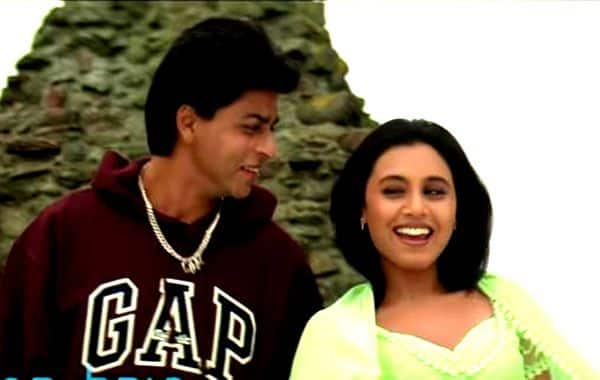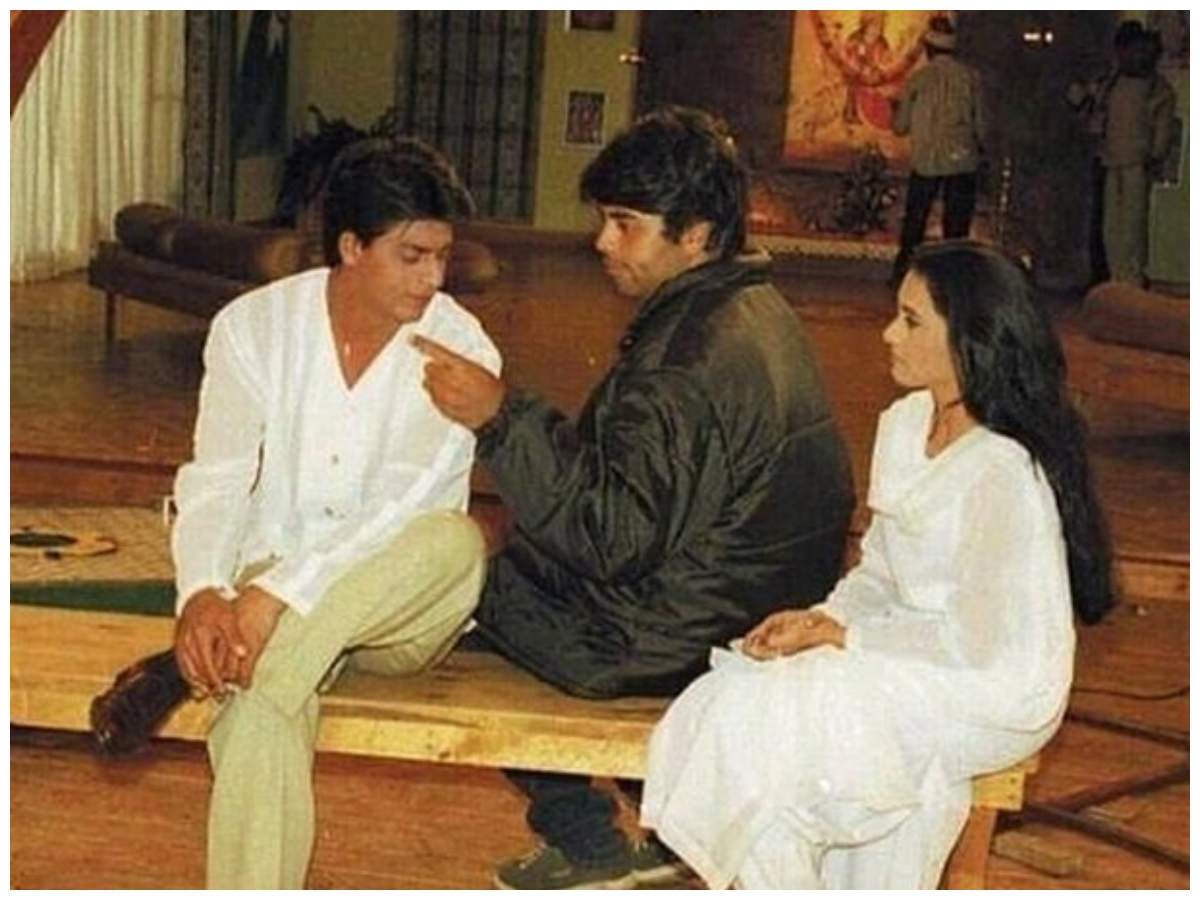
“Bangles come in various colours and you may find a match more easily compared to bracelets, which usually come in either gold or silver, or with coloured stones and beads,” she added.

Whether it should be bangles or bracelets, she added, depends on individual preference. “If the neckline embroidery or border is blue while the fabric is pink, a blue necklace and bangles instead of pink will create elegance,” she stressed. Similarly, jewellery should match the embroidery or borders of the attire. Jewellery should match embellishments or the borders of both sarees and the salwar kameez, says Susma When the neck embroidery is simple, the necklace can be more elaborate.Īmong the unspoken fashion faux pas in accessorising the salwar kameez is matching gold jewellery with a tunic that has silver sequins or embroidery on its neckline. In accessorising a salwar kameez, Susma explained that jewellery, especially necklaces, should be simple when the embroidery on the salwar kameez’s top is heavy.

“Both the salwar kameez and the sarees see this trend,” she added.Īlthough cotton silk from India is the fabric of choice for the overseas market, the soft-spoken mother of four boys said the more durable soft polyesters and chiffons from Japan and Korea are the choice of textiles in her local market designs. Black beads are the in-thing now, said Susma, who is also the chief designer at Sonali. Gold and other metallic-coloured sequins have been replaced with silver and white gold this season. Last year’s colours, she added, were mainly earth tones. These bold colours add an air of festivity,” she explained. “The colours this time around are bold and co-ordinated in contrast, like maroons with black, or pinks with blue. And to keep up with the proliferation of handphone use globally, the salwar kameez pants, she added, now come with pockets. The top, she added, is just kept at knee-length compared to last year’s style of very long tops ending a few centimetres above the ankles. The salwar kameez, she explained, comes with three main types of pants, namely the churidar, which are like leggings, tapering narrowly from the thighs to the ankles, the patiala which is really baggy Ali Baba pants and the salwar regular pants that are not too narrow or baggy. Susma heads to India every two months to check the evolving trends which she says are usually driven by designers at their fashion shows. Some also come in cap and puff sleeves which was the style some 50 years ago,” said Susma as she discussed the latest salwar kameez trends.Īgain, silver sequins and black beads are in this season. Most sleeves also come in see-through fabrics like chiffon and soft nettings. “The sleeves are extra-long this year, as you’ll need to scrunge them up for a dash of style. The emphasis is on accentuating the feminine curves. The salwar kameez, on the other hand, is gaining popularity among both young ladies and older women alike as its pants and tunic combination offers more freedom of movement.Īlthough the saree is a timeless classic, the salwar kameez, is in vogue this Deepavali, said Sonali Designs chief executive officer Susma Suresh.Īnd it’s back to 1960s style, with a fitting top half and legging pants called the churidar.

The saree is the preferred choice of attire at social functions such as weddings and religious festivals. THE saree and the salwar kameez (tunic and pants) are staples in any ethnic Indian woman’s wardrobe.
.png)
PRASANNA RAMAN finds out what’s hot and Bollywood-trendy for this Deepavali’s fashion followers.


 0 kommentar(er)
0 kommentar(er)
